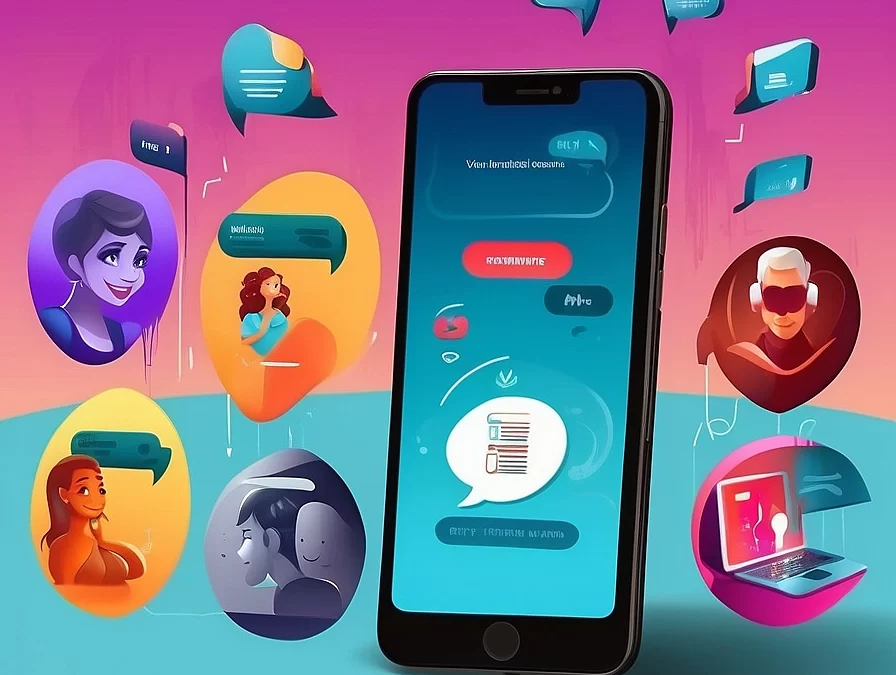In a significant leap forward, OpenAI has announced the rollout of GPT-4o, a new iteration of its renowned AI model, ChatGPT. This latest version, distinguished by the addition of voice capabilities, positions itself as a truly multimodal AI, integrating text, audio, and vision seamlessly. Here’s a closer look at what GPT-4o brings to the table and how it differs from its predecessor, GPT-4.
Key Features and Improvements
- Multimodal Interaction: GPT-4o enhances user experience by enabling real-time interactions across text, audio, and images. Users can now converse with the AI in a more dynamic manner, with the system capable of detecting and responding to emotional nuances in real time. This advancement makes the AI more intuitive and user-friendly, supporting complex tasks such as real-time language translation and detailed image analysis.
2. Speed and Efficiency: One of the standout features of GPT-4o is its improved response time. The model can respond to audio inputs in as little as 232 milliseconds, closely mimicking human conversation speeds. This efficiency extends to its text and vision processing capabilities, making interactions smoother and more natural.
3. Broader Access and Usability: OpenAI is committed to making advanced AI tools accessible to a wider audience. GPT-4o will be available for free users, with paid users enjoying up to five times the message limits. This inclusivity aims to democratize access to powerful AI tools, ensuring more people can benefit from its capabilities.
- Enhanced Multilingual Support: GPT-4o offers improved performance in multiple languages, making it a versatile tool for global users. It processes fewer tokens for translations and is particularly effective in languages with fewer resources, outperforming previous models like Whisper-v3.
5. Integration and Application: The new model is integrated into OpenAI’s suite of products, including a new ChatGPT desktop app for macOS. This app allows users to interact with the AI using a simple keyboard shortcut, enhancing productivity and ease of use. Voice conversations are also supported, providing a more interactive experience for brainstorming, interviews, and discussions.
Distinguishing GPT-4 from GPT-4o
**1. Voice Integration: While GPT-4 was proficient in text and image processing, GPT-4o introduces native voice recognition, making it a fully multimodal platform. This addition significantly broadens the scope of applications, from customer service to personal assistants.
**2. Real-Time Interaction: GPT-4o is designed for real-time responsiveness, matching human conversational speeds. This is a notable improvement over GPT-4, which, while advanced, did not emphasize real-time interaction to the same extent.
**3. Cost and Performance: GPT-4o offers a more cost-effective solution, being 50% cheaper in API usage compared to GPT-4. It also provides superior performance in vision and audio understanding, which were areas of incremental but notable improvement in GPT-4.
**4. Accessibility: With its broader rollout to free users and enhanced multilingual support, GPT-4o is more accessible and user-friendly, aiming to bring advanced AI capabilities to a global audience.
Conclusion
The introduction of GPT-4o marks a significant milestone in the evolution of AI, blending advanced capabilities with improved accessibility and real-time interaction. By enhancing multimodal capabilities and broadening access, OpenAI continues to push the boundaries of what artificial intelligence can achieve, paving the way for more intuitive and human-like AI interactions.
For further details, you can explore the original sources:
- Sky News
- OpenAI Official Announcement
- TechCrunch Coverage
- WinBuzzer Analysis
Probing Questions for Further Exploration:
- How might the integration of voice capabilities in GPT-4o change the landscape of customer service applications?
- What are the potential ethical implications of real-time emotion detection in AI interactions?
- How can GPT-4o’s multilingual capabilities be leveraged in global business operations?
- What are the challenges and opportunities in making advanced AI tools more accessible to the general public?
- How might future iterations of ChatGPT further improve on the multimodal interactions introduced in GPT-4o?







